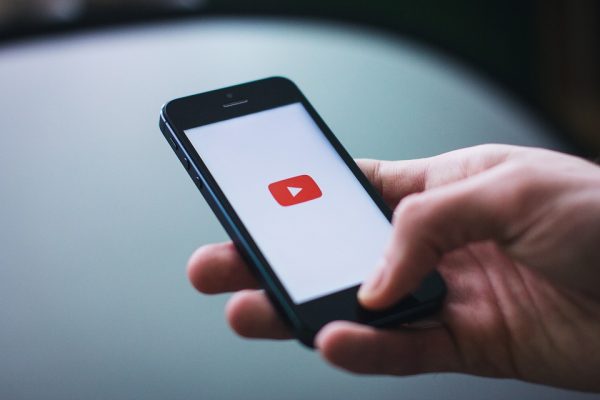5 Reasons Why Your Business Should Include More Video Content

Want to listen instead? Click Here
Internet access has been enabling users to receive digital content for decades. Social media and webpages alike have kept us informed, engaged, and connected while steadily developing throughout the years. But as the time goes on, it’s become clear that video content is the most favourable format among consumers.
YouTube is the second largest social media platform in the world. With over 2 billion MAU (Monthly Active Users) it accounts for a third of all internet users – all while exclusively producing video content. Other platforms and sites also show audience preference when it comes to formatting. According to 2021 statistics, 66% of those interviewed said that “when looking for information about a specific product or service they all first turn to videos”, while 84% stated that “they’ve been convinced to buy a product or service by watching a brand’s video”. (1) Though the numbers are high, they are not surprising as the average person in the UK spends around 1 hour and 25 minutes per day watching online video content. (2) And here’s why:
- Video content is more convenient – Whether you’re listening on the go or having it play in the background as you get on with your day – video content is undoubtedly easier to incorporate into a busy schedule. It’s the perfect format if you’re wanting to multitask or just don’t have the time to dedicate your full attention.
- Video content is more engaging – Bright colours, moving graphics and eye-catching designs are only a few reasons as to why video is the preferred format. However according to scientific insights, video is considerably easier to digest because the human brain can process its visuals nearly 60,000 times quicker than it can in text format. (3) Video content is also most appealing if you have a visual learning style – the most common of the “7 learning styles” (Auditory, verbal, kinesthetic …etc).
- Video content is more memorable – Apart from processing visual information quicker, on average humans also retain around 80% of visual information, which is 3 times higher than the information we remember in written format. (4) This is why textbooks are gradually being replaced by educational videos and why we choose to colour code, highlight, and underline while studying or taking notes.
- Video content is more accessible – As we work to improve inclusivity and accessibility in everyday life, it can be beneficial to include content in various formats. Videos are often more accessible for users with disabilities and impairments as well as being more user friendly for people with learning difficulties. Therefore, including video content is not only beneficial to your audience but it also means it reaches a higher number of users.
- Video content is more personal – While images and written content can both be effective, videos have the additional benefits of coming across more thought through and often of higher quality. This is because they can portray more emotion, making the content come across more sincere and personal – which in turn holds a greater appeal for target audiences and increases the chance of sales. Additionally, as it naturally takes more time to create, it showcases quality, care, and dedication, which gives a great boost to customer relations and engagement.
Do you use video content? What are your tips for creating great value adding videos? We’d love to hear your thoughts: E: makeithappen@mbsmih.com T: 01903 688789.
Sources: (1) ‘Wyzlow’. 2021. Video Marketing Statistics 2021. (2) Stoll, J. Apr 26, 2021. Daily time spent watching TV & digital video in the UK 2018-2022. Statista. (3) Eisenberg, H. September 15, 2014. Humans Process Visual Data Better. THERMOPYLAE SCIENCES + TECHNOLOGY. (4) Edgley, C. May 30, 2018. Why your brain loves visual information. Ember Television.

